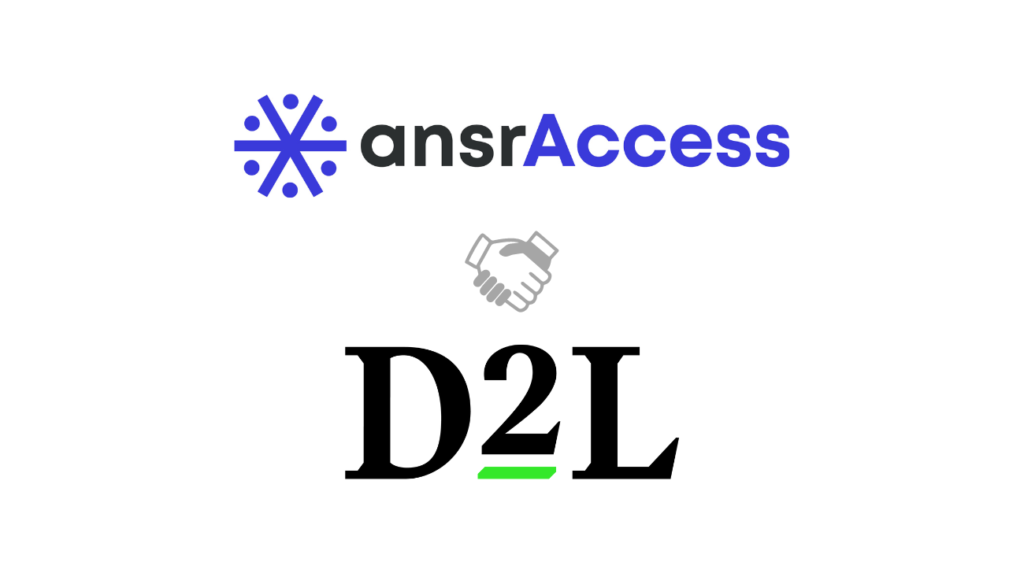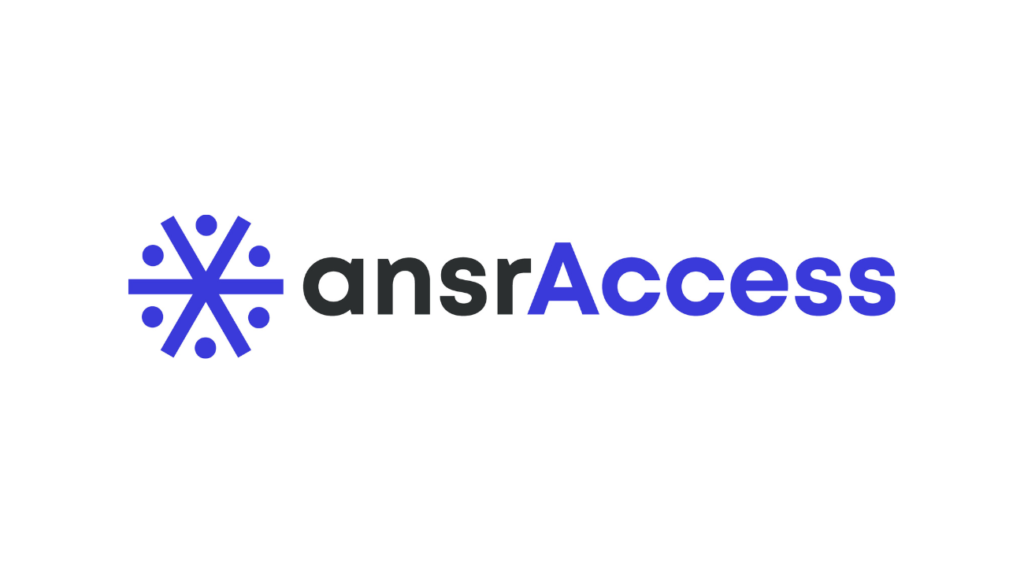A CNBC article published in July 2021 reported that more than 9.5 million Americans were unemployed in June, and, concurrently, a record 9.2 million job openings were recorded across the country during the same month. Simple math suggests that there is a job available for almost everyone on the hunt for one. But it has not been that easy for employers to fill vacancies.
A report by Burning Glass Technologies for the U.S. Chamber of Commerce Foundation showed that in 12 of the 17 career areas studied, the demand for workers exceeded available supply.
Employers around the country have reported difficulty in finding applicants with the appropriate skills to do the job. What is causing this difficulty? Is it a skill gap, which we know has been around for a while, or something more?
To grasp the magnitude of this crisis, it’s important to understand what a skill gap means and what has led to this situation.
What is a skill gap?
A “skill gap” refers to a fundamental mismatch between the skills that an employee or a worker has and the skills that they need. Researcher Yoram Eshet-Alkalai, in his paper “Digital Literacy: A Conceptual Framework for Survival Skills in the Digital Era,” stated, “Digital literacy involves more than the mere ability to use a software or a digital device; it includes a large variety of complex cognitive, motor, sociological and emotional skills, which users need in order to perform effectively in digital environments.”
The pandemic has accelerated the need for technological and digital innovation. This has further highlighted the skill gap crisis and could leave millions unemployed, with a huge impact on the economy. There has never been a more pressing need for upskilling the workforce! A McKinsey & Company report published in February 2020 highlighted some key skills that are in short supply and that will be in demand over the next five years. The illustration below shows this.

Jobs included in this chart—data analytics; IT, mobile, or web design; and R&D—require extensive technical understanding and skills, and not merely the ability to use a digital device.
What has caused this skill gap?
A Deloitte report says that the skill gap could damage the U.S. economy by as much as $2.5 trillion over the next decade. A few key factors behind the gap are:
- Quick progress: The last decade has included unprecedented industrial progress that educational institutions haven’t been able to keep up with. Organizations have also been unable to facilitate secondary education or ongoing training. This has created a skill gap that is widening every year.
- Lack of continuous learning: The dynamic nature of the workplace today requires us to be multi-skilled. There is a constant need for skill upgrades, which requires continuous learning. There is a need for long-term secondary education through ongoing training, which has been missing.
- Digital illiteracy: The digital era requires technical, sociological, motor, and cognitive skills to thrive in the workplace. These skills aren’t being developed enough at home or in institutions as one progresses through childhood and adolescence, resulting in a skill gap.
While these can be reasons for a skill gap crisis, industry experts believe that there is a much deeper issue that gets overlooked, and issue that can help us get to the root of this issue.
Is the skill gap the actual gap?
Industry experts acknowledge that there is a skill gap, but they believe blaming everything on a low-quality labor market and the education system doesn’t give the full picture. If we take a closer look at the key reasons behind the skill gap, we see the underlying need for employers to facilitate ongoing training and secondary education – to address a training gap.
This brings us to the question: why haven’t employers been able to focus on training their workers? Here are some key factors that could help us understand this better.
- Skill development strategy: A recent global workforce study conducted by IBM found that more than 50% of the businesses had no skill development strategy in place.
- Corporate spending on L&D: Corporate spending on L&D in the United States had been increasing, only to drop 2% in 2020, as per a report published on Training Industry. The report highlights how, though there has been an incremental increase over the years, we could probably see a decline in corporate spending owing to the impact of the pandemic.
- Lean Teams: A recent report from the Brookings Institution and National Center found that 44% of middle-market companies with revenues between $10 million and $1 billion have lean L&D and HR teams. These teams lack the time and resources to implement ongoing training programs that can upskill their workforce.
- Lack of Partnerships: The Brookings Institution report found that partnerships with training organizations and educational institutions were less than 30%, due in large part to lack of financial resources and interest in upskilling their workforce.
- Lack of collaboration with universities: Very few employers are partnering with both local and global universities and helping in the curriculum creation process.
While these reasons clearly highlight a training gap and their possible causes that industry experts have been talking about, merely facilitating ongoing training through traditional approaches like instructor-led training and classroom training will not solve the problem.
So then, what is the solution, and how can employers facilitate ongoing training in new ways?
Moving toward a culture of learning
Employers globally have been experimenting with different ways to facilitate ongoing training for their workforce and have found some success in creating a “culture of learning.”
Creating a culture of learning puts the learner in control of their own development. It focuses on self-paced learning and doesn’t take away from work, which impacts productivity positively. But, creating a learning culture requires organizations to change different facets of their culture, which can be difficult.
Forbes pointed out that a recent CEB survey found that only 1 in 10 companies have a true learning culture. Organizations that have been successful in inculcating this culture have relentlessly supported active and independent learning at all times.
What can organizations do to facilitate a learning culture? While they can conduct skill gap analysis and run company-wide surveys, they will have to take some fundamental steps such as – ensuring stakeholder buy-in, inculcating a growth mindset, making learning a core value, supporting risk-taking and failure, and more, all of which you can read in our guide “Moving from Training Programs to Creating a Culture of Learning”.
In a nutshell, what seems like a skill gap crisis is essentially a training gap crisis that can be solved if employers can effectively train their workers. They can achieve this by creating a culture of learning and investing in learning experiences.



